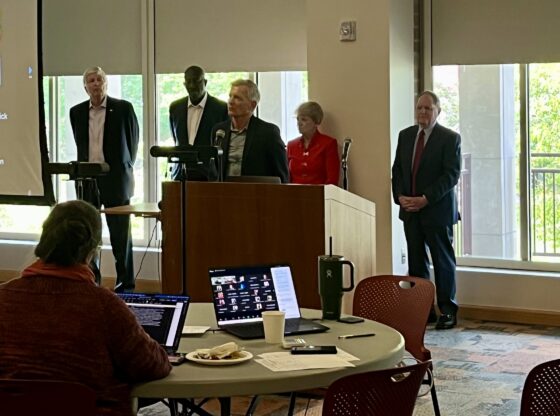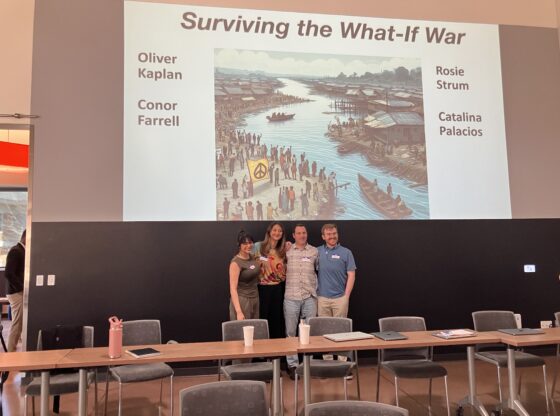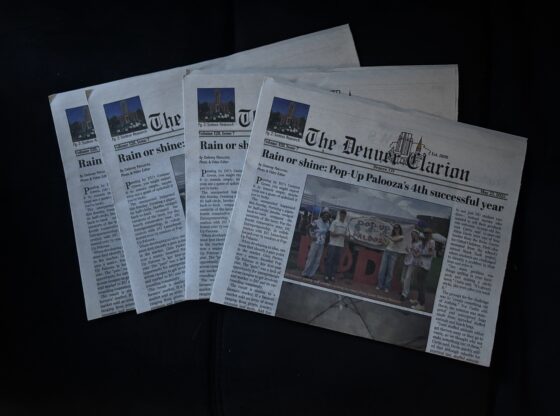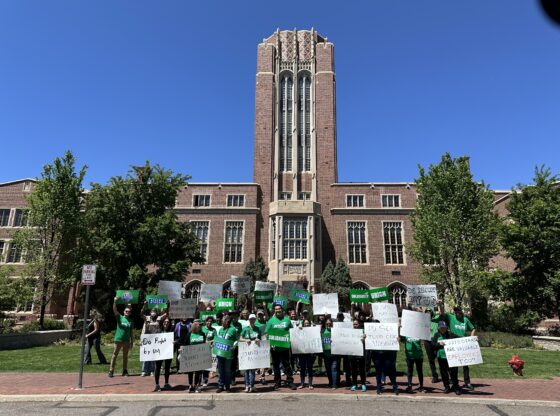The International Space Station orbits 260 miles above the University of Denver. The ISS is considered a testament to human ingenuity and design, especially because of the collaborative nature of the construction and function of the station. Recently, NASA’s work on the ISS has captured the public’s attention as the Starliner malfunctions have turned a test flight into an extended stay in orbit for two Americans.
Astronauts Barry Wilmore and Sunita Williams were anticipating an eight-day trip aboard the International Space Station, after being ferried into orbit by Boeing’s Starliner. After a rocky launch involving thruster malfunctions, helium leaks and water overuse by the cooling system, the astronauts were able to safely dock at the ISS.
After further investigation, NASA made the decision to bring Starliner home — without Wilmore and Williams — because of the risk of thruster malfunction.
The complications with this Starliner mission are a major setback for Boeing; the program was already behind schedule and $1.5 billion over their allotted budget, according to NBC. In addition, Boeing’s rival, SpaceX, has been chosen to complete the rescue. Boeing’s future with NASA remains unclear.
Wilmore and Williams will be brought home on SpaceX’s Crew-9 Dragon in February 2024. In the meantime, the two will continue research aboard the ISS. In a press conference, Wilmore and Williams said that in spite of missing their families, the two are grateful for the extra time in space.
Historically, the International Space Station has had its fair share of problems. Gas leaks from structural cracks on the station’s PrK module, astronaut Parmitano’s brush with death on EVA 23 after his water leaked into his helmet, and tension towards Russia after the invasion of Ukraine have all interfered with the ISS’s function. The series of Starliner malfunctions continues to complicate things.
Research on the ISS focuses on human physiology, earth sciences, and engineering, especially in the context of future space travel. The station functions and runs off of the joint efforts of Canada, Japan, the European Space Agency, NASA and Russia.











